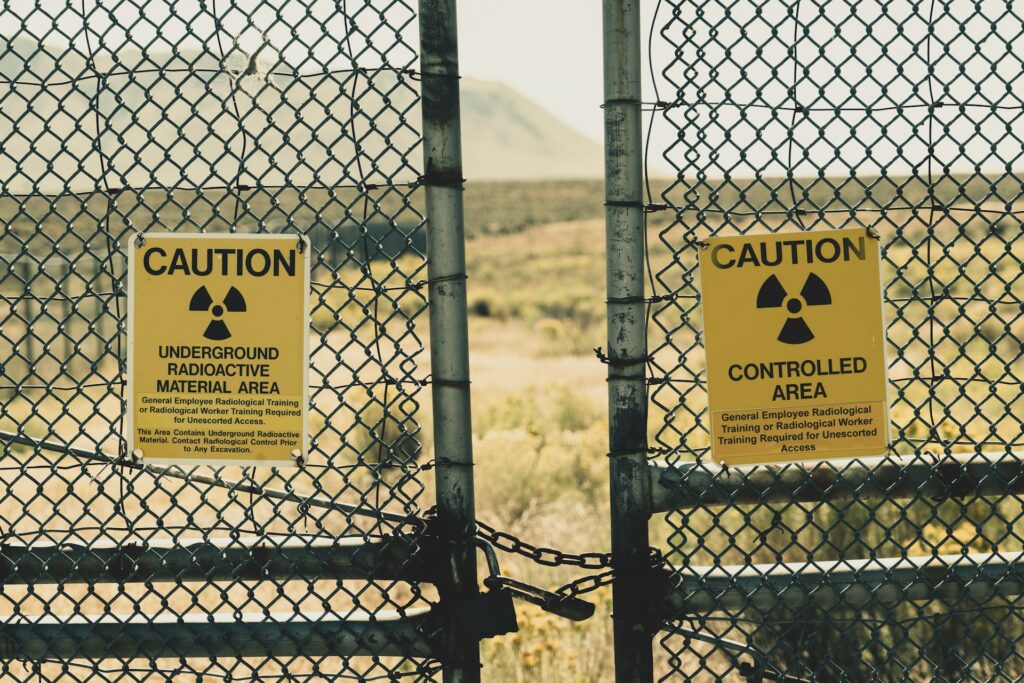The Dangers of Radioactive Contamination in Drinking Water
By Finlay Gilkinson – 01/04/2025
Radioactive contamination in drinking water is a serious health hazard that arises when water sources become polluted with radioactive materials. These substances, including uranium, radium, polonium, and caesium, can originate from natural geological formations, industrial activities, and nuclear incidents. Exposure to radioactive water poses severe long-term risks to human health, making it essential to understand its sources, effects, and prevention methods.

How Does Radioactive Contamination Occur?
Radioactive materials can enter drinking water through several pathways, including:
Health Risks of Drinking Radioactive Water
Exposure to radioactive materials in drinking water can have devastating health consequences, as ionizing radiation damages cells and DNA. The severity of health effects depends on the type and level of radiation exposure.
1. Increased Cancer Risk
2. Kidney and Organ Damage
3. DNA Damage and Genetic Mutations
4. Weakened Immune System
Chronic exposure to radiation suppresses the immune system, making individuals more vulnerable to infections and diseases.
How to Detect Radioactive Contaminants in Water
Unlike chemical pollutants, radioactive materials in water are not detectable by taste, smell, or sight. Specialized laboratory tests, including:
The Environmental Protection Agency (EPA) has set maximum contamination levels (MCLs) for radioactive elements in drinking water. For example, the MCL for uranium is 30 micrograms per litre (µg/L), and the MCL for radium is 5 picocuries per litre (pCi/L).
Preventing Radioactive Contamination in Drinking Water
Final Thoughts
Drinking water contaminated with radioactive materials poses significant long-term health risks, including cancer, organ damage, and genetic mutations. While radiation exposure from water is not always immediately harmful, prolonged ingestion can lead to severe health complications. Ensuring clean and safe drinking water requires regular testing, effective filtration, and strict regulatory oversight. By taking proactive steps, individuals and communities can protect themselves from the dangers of radioactive contamination and safeguard their health for future generations.
Ready to find the perfect job?
Our team of experts work with an extensive network of employers. Submit your CV to ensure you’re a part of our network of talented candidates and we’ll make you aware of opportunities before they are even posted.
